A kneeling, back-bending asana, “Ushtrasan”: is also called Camel Pose. The Sanskrit words “ustra” (meaning “camel”) and “asana” (meaning “posture” or “seat”) are the origin of the term.
How to do Ushtrasana?
- Vajrasana is the starting position.
- Bend over at the knees. Retain your thighs completely straight. Do not separate your knees and feet.
- To turn around, lean to the side. Retract your steps a bit more. Assist the right heel by using your right hand, and the left heel by using your left hand. Stay away from physical exertion.
- Activate the forward motion of the hips. The thighs must remain straight.
- Then, without causing any unnecessary strain, bend your head and spine backward to the maximum extent.
- Let your body and back muscles relax.
- Make sure your arms and legs are supporting your weight equally.
- To keep the back arch, keep the arms in a way that anchors the shoulders. As long as you’re comfortable, remain in that position.
- Return to the beginning posture after releasing the hands from the heels one at a time.
Who Should Not Do Ushtrasana?
- Maintain regular breathing throughout the exercise. Since the chest is already stretched out in this asana, taking deep breaths could make breathing more difficult.
- Anyone with hypertension or hypotension shouldn’t perform this asana.
- Do not do this asana if you suffer from sleeplessness.
- Anyone experiencing back pain or neck discomfort should refrain from performing Ustrasana.
- For those who experience migraines, Ustrasana may not be the best choice.
Benefits of Doing Ushtrasana?
- Assists with alleviating many forms of back pain.
- Promotes optimal thyroid function.
- It flexes the spine, back, chest, and abdomen.
- As it stretches the pelvic region, it can alleviate period pain.
- As a bonus, it aids digestion and cuts down on belly, neck, and back fat.
- Improving blood circulation activates brain cells, enhancing brain function.
- Excellent for treating respiratory illnesses like asthma and bronchitis.
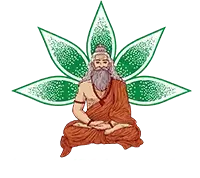
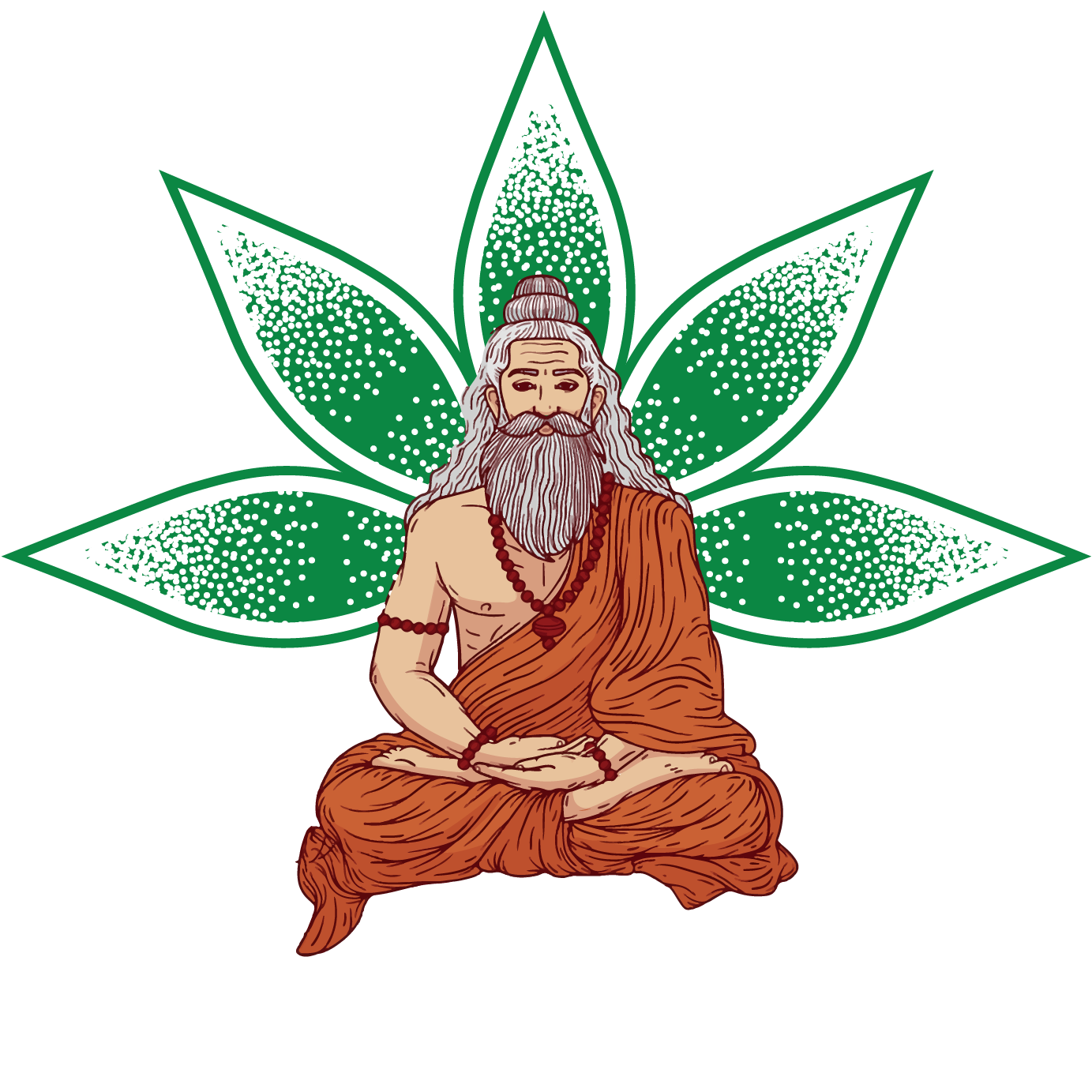
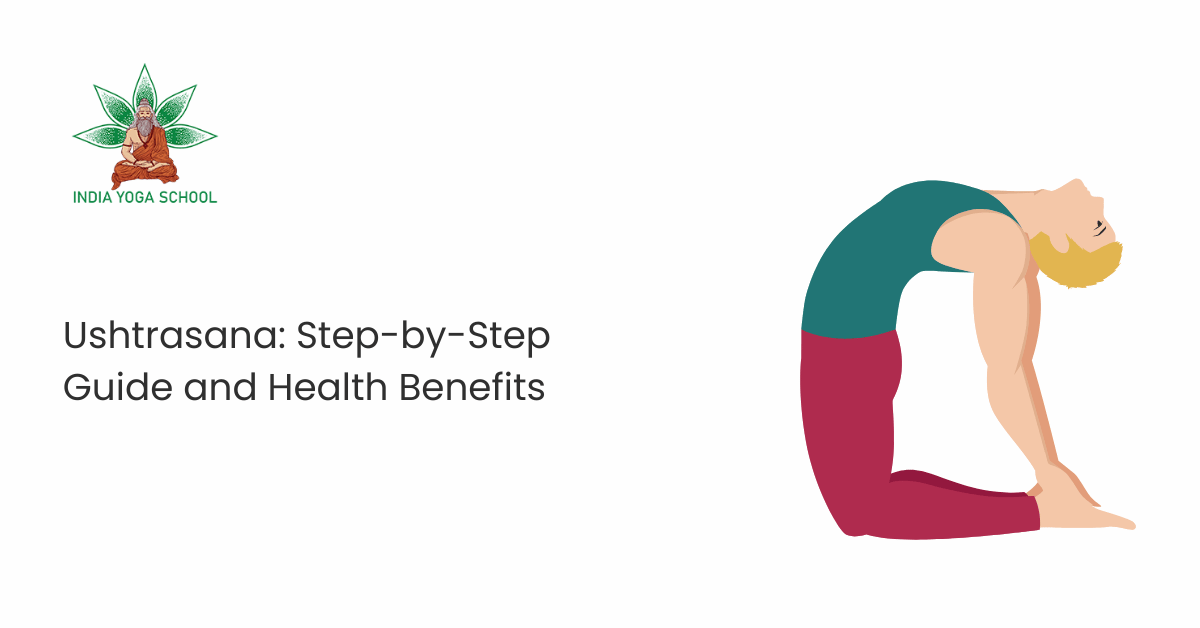
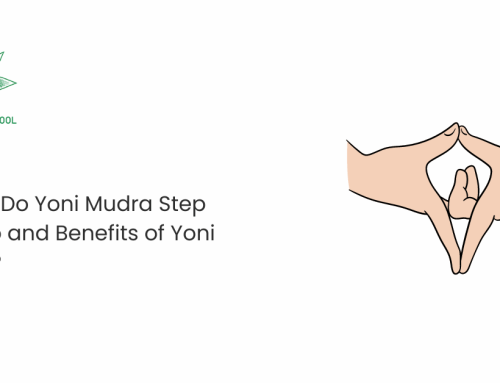
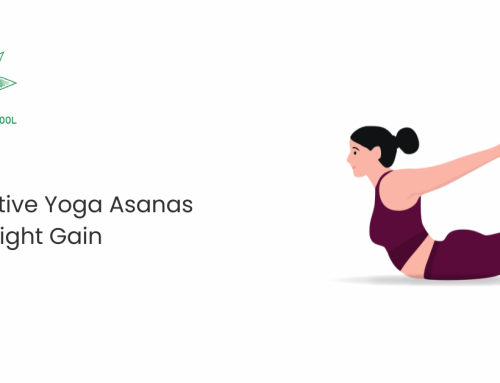
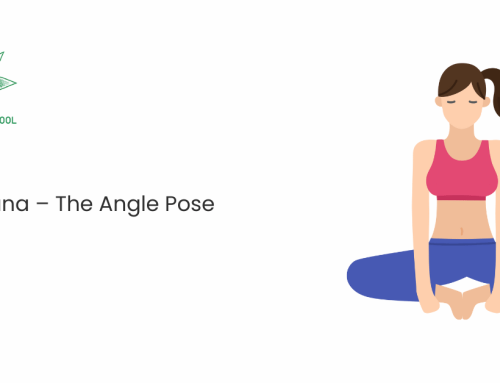
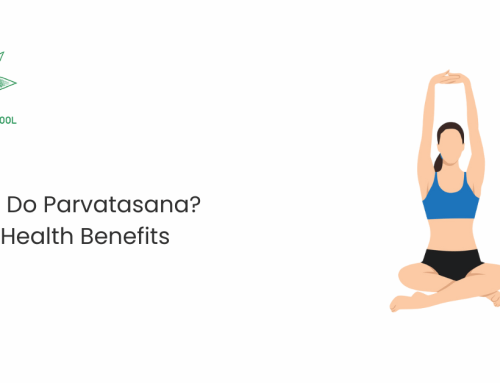
Leave A Comment